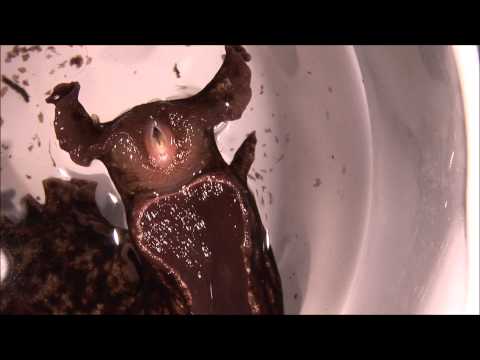How to improve motor learning in Drosophila
- Version
- Download 1262
- File Size 0.00 KB
- File Count 1
- Create Date June 21, 2024
- Last Updated June 21, 2024
How to improve motor learning in Drosophila
Motor learning, skill-learning or habit formation share conceptual similarities, but it is debated how much biology these processes have in common. There is genetic evidence linking motor learning and habit formation in flies, song-learning in birds and language acquisition in humans to an evolutionary conserved operant self-learning process. Here we show different biological manipulations of Drosophila that all enhance motor learning. Mutations in genes involved in classical conditioning, such as rutabaga or radish, enhance motor learning. Overexpression of an operant learning gene, atypical PKC (aPKC) enhances motor learning as well as habit formation. Inhibition of an aPKC interaction partner, bazooka, also enhances motor learning. Inhibition of a prominent insect neuropil, the mushroom bodies (MBs) leads to formation of premature habits. We show that this function is mediated via MB output neuron 2 (MBON-02). The anatomy of this neuron indicates that non-olfactory MB Kenyon cells of the β2 and β’2-lobes are involved in this enhancement by receiving input within the little-studied lateral (lACA) and dorsal (dACA) accessory calyx regions of the MB. We will also show data comparing the motor learning efficacy of rover and sitter flies, which carry different variants of the protein kinase G (PKG) gene. Given the conserved nature of these learning processes in all bilaterian animals including humans and the role of motor learning in language acquisition, habit formation/addiction and rehabilitation after stroke or spinal cord injury, the diversity of these learning enhancements promises a rich field for the development of medical applications















